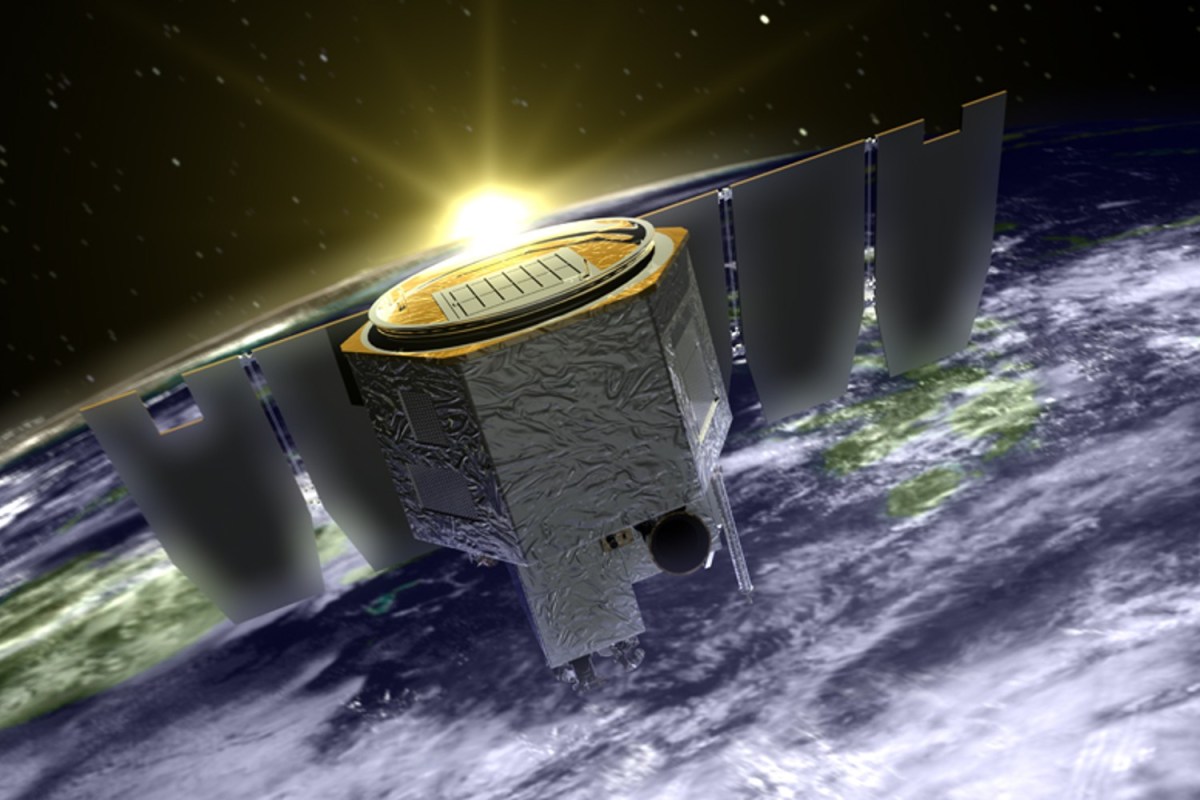In 2007, NASA launched a satellite with a very specific mission into orbit. The Aeronomy of Ice in the Mesosphere project — otherwise known as AIM — was designed to monitor night shining clouds. This type of atmospheric phenomenon is of particular interest to scientists because it may not have existed before the 1883 explosion of the volcano Krakatoa.
As the project’s official website declares, AIM’s “instruments monitor noctilucent clouds to better understand their variability and possible connection to climate change.” Unfortunately, that mission may be at an end after 16 years of operation due to the satellite involved developing power issues.
NASA made the announcement this week. The satellite going offline is the latest (and, presumably, final) in a number of technological issues that began in 2019. The issue this time appears to be with the satellite’s battery, and NASA will continue to keep track of its signal for the next two weeks. Considering that AIM was only intended to produce data for two years, its extended lifespan is that much more impressive.
How CIA Satellites Helped Fight Climate Change
Where espionage and environmentalism convergeNASA announced that data from AIM has, over the years, been used in “379 peer-reviewed scientific papers.” As Engadget noted in its report on the satellite, these included one recent paper that connected noctilucent clouds to methane emissions. The AIM satellite may no longer be working, but the data it yielded will continue telling us more about our world.
Thanks for reading InsideHook. Sign up for our daily newsletter and be in the know.
















